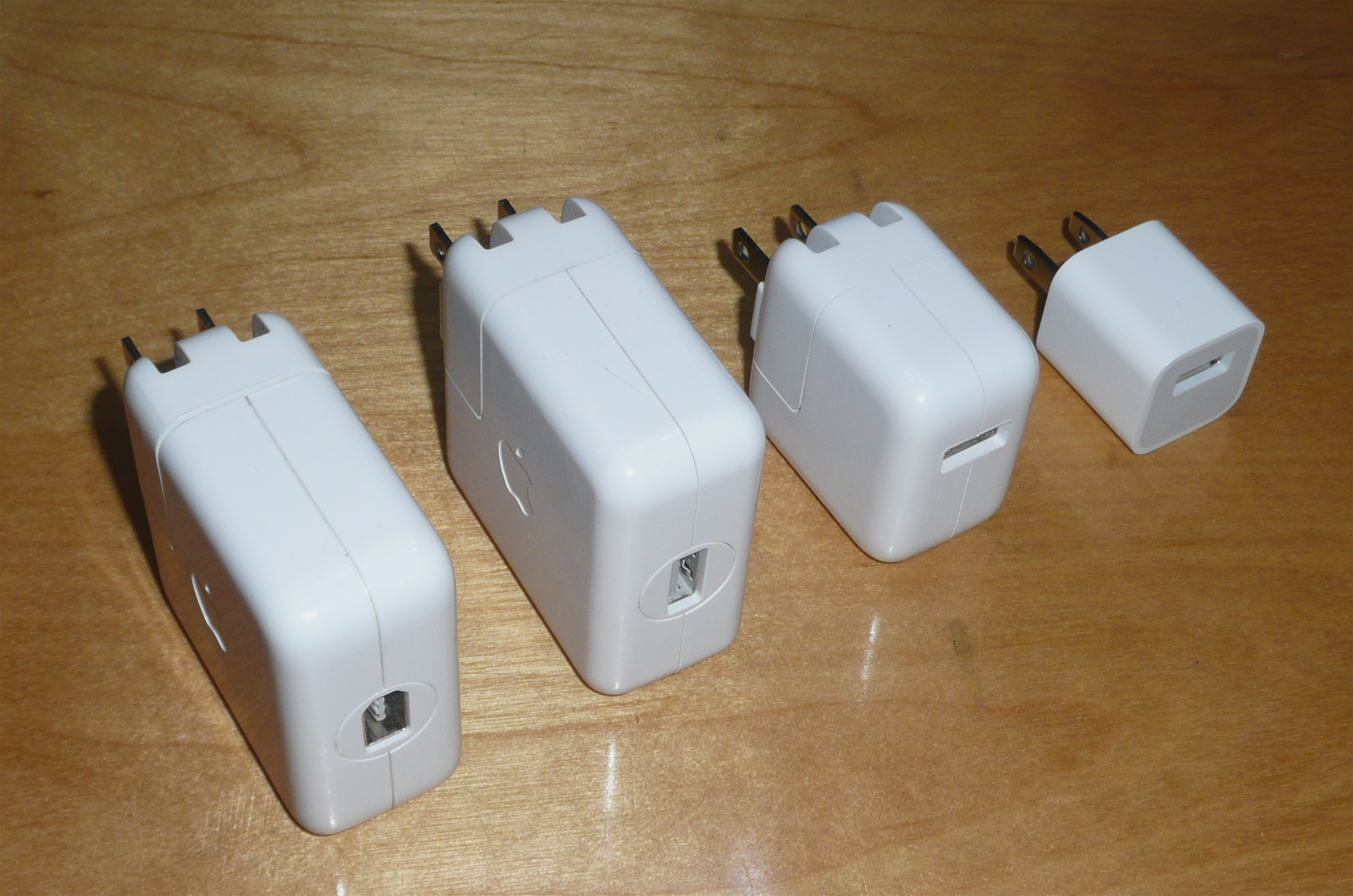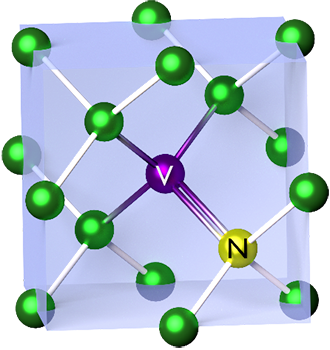|
Atomic Engineering
Atomic engineering may be considered a superset of nuclear engineering, which is the branch of engineering that seeks "to harness the energy released from nuclear reactions" via "the application of nuclear energy in a variety of settings, including nuclear power plants, submarine propulsion systems, medical diagnostic equipment such as MRI machines, food production, nuclear weapons and radioactive-waste disposal facilities." Origin The term "Atomic engineering" appears to have been first used in 1946 by Theodore von Kármán: "And now it seems we are at the threshold of the new atomic age. I do not know whether or not this is true, but certainly, we shall have 'atomic engineering' in the fields of power and transportation. Are we prepared for the problems involved?"Atomic engineering may be a superset of nuclear engineering, due to the historical usage of terms like Atoms for Peace , International Atomic Energy Agency, 'atomic engineer', etc.. An inclusive definition is: "exploiti ... [...More Info...] [...Related Items...] OR: [Wikipedia] [Google] [Baidu] |
Nuclear Engineering
Nuclear engineering is the branch of engineering concerned with the application of breaking down atomic nuclei ( fission) or of combining atomic nuclei (fusion), or with the application of other sub-atomic processes based on the principles of nuclear physics. In the sub-field of nuclear fission, it particularly includes the design, interaction, and maintenance of systems and components like reactors, power plants, or weaponry. The field also includes the study of medical and other applications of radiation, particularly Ionizing radiation, nuclear safety, heat/thermodynamics transport, nuclear fuel, or other related technology (e.g., radioactive waste disposal) and the problems of nuclear proliferation. This field also includes chemical engineering and electrical engineering. Professional areas The United States currently generates about 20% of its electricity from nuclear power plants. Nuclear engineers in this field generally work, directly or indirectly, in the nuclea ... [...More Info...] [...Related Items...] OR: [Wikipedia] [Google] [Baidu] |
Miniaturization
Miniaturization ( Br.Eng.: ''Miniaturisation'') is the trend to manufacture ever smaller mechanical, optical and electronic products and devices. Examples include miniaturization of mobile phones, computers and vehicle engine downsizing. In electronics, the exponential scaling and miniaturization of silicon MOSFETs (MOS transistors) leads to the number of transistors on an integrated circuit chip doubling every two years, an observation known as Moore's law. This leads to MOS integrated circuits such as microprocessors and memory chips being built with increasing transistor density, faster performance, and lower power consumption, enabling the miniaturization of electronic devices. History The history of miniaturization is associated with the history of information technology based on the succession of switching devices, each smaller, faster, cheaper than its predecessor. During the period referred to as the Second Industrial Revolution, miniaturization was confined to ... [...More Info...] [...Related Items...] OR: [Wikipedia] [Google] [Baidu] |
Scanning Tunnelling Microscope
A scanning tunneling microscope (STM) is a type of microscope used for imaging surfaces at the atomic level. Its development in 1981 earned its inventors, Gerd Binnig and Heinrich Rohrer, then at IBM Zürich, the Nobel Prize in Physics in 1986. STM senses the surface by using an extremely sharp conducting tip that can distinguish features smaller than 0.1 nm with a 0.01 nm (10 pm) depth resolution. This means that individual atoms can routinely be imaged and manipulated. Most microscopes are built for use in ultra-high vacuum at temperatures approaching zero kelvin, but variants exist for studies in air, water and other environments, and for temperatures over 1000 °C. STM is based on the concept of quantum tunneling. When the tip is brought very near to the surface to be examined, a bias voltage applied between the two allows electrons to tunnel through the vacuum separating them. The resulting ''tunneling current'' is a function of the tip position, applie ... [...More Info...] [...Related Items...] OR: [Wikipedia] [Google] [Baidu] |
3D Atom Printing
3-D, 3D, or 3d may refer to: Science, technology, and mathematics Relating to three-dimensionality * Three-dimensional space ** 3D computer graphics, computer graphics that use a three-dimensional representation of geometric data ** 3D film, a motion picture that gives the illusion of three-dimensional perception ** 3D modeling, developing a representation of any three-dimensional surface or object ** 3D printing, making a three-dimensional solid object of a shape from a digital model ** 3D display, a type of information display that conveys depth to the viewer ** 3D television, television that conveys depth perception to the viewer ** Stereoscopy, any technique capable of recording three-dimensional visual information or creating the illusion of depth in an image Other uses in science and technology or commercial products * 3D projection * 3D rendering * 3D scanning, making a digital representation of three-dimensional objects * 3D video game (other) * 3-D Secure, a ... [...More Info...] [...Related Items...] OR: [Wikipedia] [Google] [Baidu] |
Nitrogen-vacancy Center
The nitrogen-vacancy center (N-V center or NV center) is one of numerous point defects in diamond. Its most explored and useful property is its photoluminescence, which allows observers to read out its spin-state. The NV center's electron spin, localized at atomic scales, can be manipulated at room temperature by external factors such as magnetic, or electric fields, microwave radiation, or light, resulting in sharp resonances in the intensity of the photoluminescence. These resonances can be explained in terms of electron spin related phenomena such as quantum entanglement, spin–orbit interaction and Rabi oscillations, and analysed using advanced quantum optics theory. An individual NV center can be used as a basic unit for a quantum computer, a qubit, and used for quantum cryptography. Further potential applications in novel fields of electronics and sensing include spintronics, masers, and quantum sensors. If the charge is not specified the term "NV center" refers to the negativ ... [...More Info...] [...Related Items...] OR: [Wikipedia] [Google] [Baidu] |
Nanometer
330px, Different lengths as in respect to the molecular scale. The nanometre (international spelling as used by the International Bureau of Weights and Measures; SI symbol: nm) or nanometer (American and British English spelling differences#-re, -er, American spelling) is a units of measurement, unit of length in the International System of Units (SI), equal to one billionth (short scale) of a metre () and to 1000 picometres. One nanometre can be expressed in scientific notation as , and as metres. History The nanometre was formerly known as the millimicrometre – or, more commonly, the millimicron for short – since it is of a micron (micrometre), and was often denoted by the symbol mμ or (more rarely and confusingly, since it logically should refer to a ''millionth'' of a micron) as μμ. Etymology The name combines the SI prefix ''nano-'' (from the Ancient Greek , ', "dwarf") with the parent unit name ''metre'' (from Greek , ', "unit of measurement"). ... [...More Info...] [...Related Items...] OR: [Wikipedia] [Google] [Baidu] |
Atomic Nucleus
The atomic nucleus is the small, dense region consisting of protons and neutrons at the center of an atom, discovered in 1911 by Ernest Rutherford based on the 1909 Geiger–Marsden gold foil experiment. After the discovery of the neutron in 1932, models for a nucleus composed of protons and neutrons were quickly developed by Dmitri Ivanenko and Werner Heisenberg. An atom is composed of a positively charged nucleus, with a cloud of negatively charged electrons surrounding it, bound together by electrostatic force. Almost all of the mass of an atom is located in the nucleus, with a very small contribution from the electron cloud. Protons and neutrons are bound together to form a nucleus by the nuclear force. The diameter of the nucleus is in the range of () for hydrogen (the diameter of a single proton) to about for uranium. These dimensions are much smaller than the diameter of the atom itself (nucleus + electron cloud), by a factor of about 26,634 (uranium atomic radiu ... [...More Info...] [...Related Items...] OR: [Wikipedia] [Google] [Baidu] |
Femtometer
The helium_atom_and_perspective_Magnitude_(mathematics)">magnitudes_">Magnitude_(mathematics).html"_;"title="atom.html"_;"title="helium_atom">helium_atom_and_perspective_Magnitude_(mathematics)">magnitudes_ The_femtometre_(American_spelling_femtometer)_symbol_fm_derived_from_the_magnitudes_.html"_;"title="Magnitude_(mathematics).html"_;"title="atom.html"_;"title="helium_atom">helium_atom_and_perspective_Magnitude_(mathematics)">magnitudes_">Magnitude_(mathematics).html"_;"title="atom.html"_;"title="helium_atom">helium_atom_and_perspective_Magnitude_(mathematics)">magnitudes_ The_femtometre_(American_spelling_femtometer)_symbol_fm_derived_from_the_Danish_language">Danish_and_ magnitudes_.html"_;"title="Magnitude_(mathematics).html"_;"title="atom.html"_;"title="helium_atom">helium_atom_and_perspective_Magnitude_(mathematics)">magnitudes_">Magnitude_(mathematics).html"_;"title="atom.html"_;"title="helium_atom">helium_atom_and_perspective_Magnitude_(mathematics)">magnitudes_ The_femt ... [...More Info...] [...Related Items...] OR: [Wikipedia] [Google] [Baidu] |
Nanotechnology
Nanotechnology, also shortened to nanotech, is the use of matter on an atomic, molecular, and supramolecular scale for industrial purposes. The earliest, widespread description of nanotechnology referred to the particular technological goal of precisely manipulating atoms and molecules for fabrication of macroscale products, also now referred to as molecular nanotechnology. A more generalized description of nanotechnology was subsequently established by the National Nanotechnology Initiative, which defined nanotechnology as the manipulation of matter with at least one dimension sized from 1 to 100 nanometers (nm). This definition reflects the fact that quantum mechanical effects are important at this quantum-realm scale, and so the definition shifted from a particular technological goal to a research category inclusive of all types of research and technologies that deal with the special properties of matter which occur below the given size threshold. It is therefore common to ... [...More Info...] [...Related Items...] OR: [Wikipedia] [Google] [Baidu] |
There's Plenty Of Room At The Bottom
"There's Plenty of Room at the Bottom: An Invitation to Enter a New Field of Physics" was a lecture given by physicist Richard Feynman at the annual American Physical Society meeting at Caltech on December 29, 1959. Feynman considered the possibility of direct manipulation of individual atoms as a more robust form of synthetic chemistry than those used at the time. Although versions of the talk were reprinted in a few popular magazines, it went largely unnoticed. It did not inspire the conceptual beginnings of the field of nanotechnology. Beginning in the 1980s, nanotechnology advocates cited it to establish the scientific credibility of their work. Conception Feynman considered some ramifications of a general ability to manipulate matter on an atomic scale. He was particularly interested in the possibilities of denser computer circuitry and microscopes that could see things much smaller than is possible with scanning electron microscopes. These ideas were later realized by the u ... [...More Info...] [...Related Items...] OR: [Wikipedia] [Google] [Baidu] |
Atoms For Peace
"Atoms for Peace" was the title of a speech delivered by U.S. President Dwight D. Eisenhower to the UN General Assembly in New York City on December 8, 1953. The United States then launched an "Atoms for Peace" program that supplied equipment and information to schools, hospitals, and research institutions within the U.S. and throughout the world. The first nuclear reactors in Israel and Pakistan in Islamabad were built under the program by American Machine and Foundry, a company more commonly known as a major manufacturer of bowling equipment. Philosophy The speech was part of a carefully orchestrated media campaign, called " Operation Candor", to enlighten the American public on the risks and hopes of a nuclear future. Both Operation Candor and Atoms for Peace were influenced by the January 1953 report of the State Department Panel of Consultants on Disarmament, which urged that the United States government practice less secrecy and more honesty towards the American people ... [...More Info...] [...Related Items...] OR: [Wikipedia] [Google] [Baidu] |



